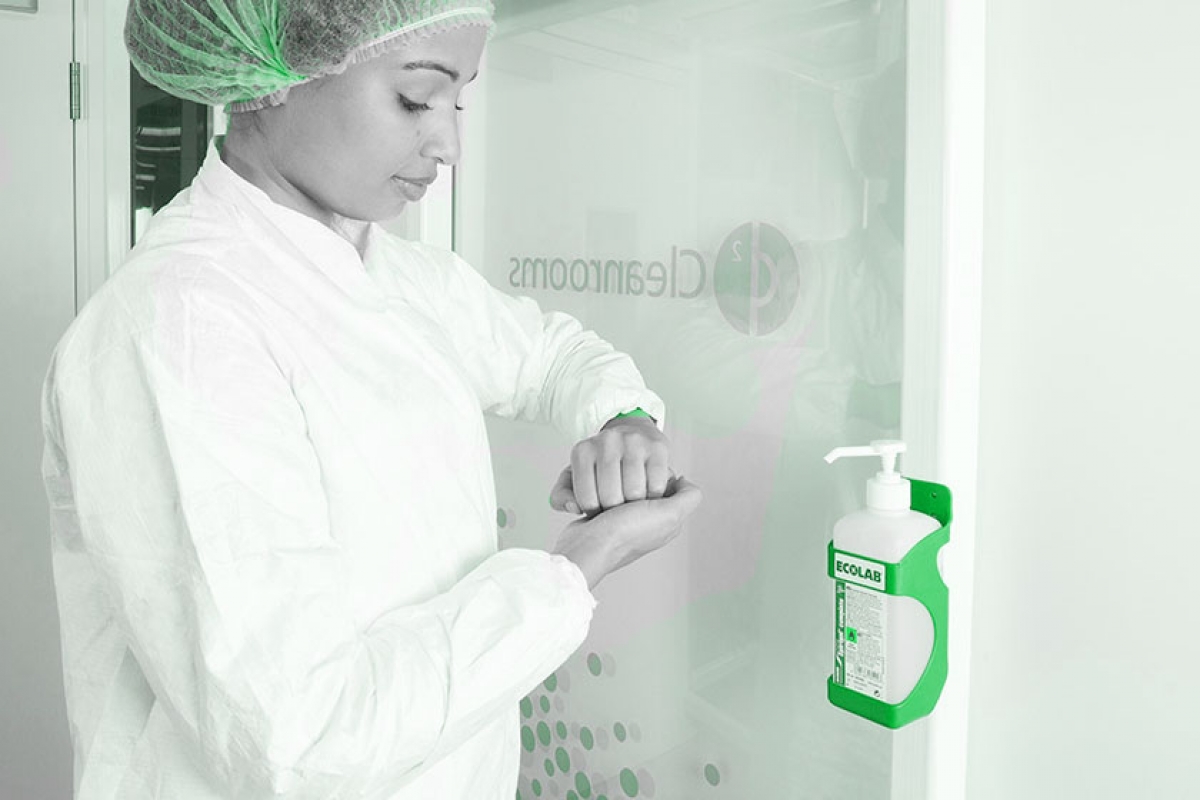
Recovery time: Compensating for access
In a large, multi-chamber enclosure with a single exit bleed valve, it might take 30 min or more to remove this moisture and recover the relative humidity setpoint. If another door is opened during this time, this recovery time will be extended. In fact, during periods of frequent parts access, the desiccator may never attain the humidity setpoint, and parts could be seriously threatened.
These application variables point to the need for an efficient humidity control system. When doors are frequently accessed, a smart purge controller will deliver a high flow to the affected chamber(s), and multiple bleed valves will allow moisture to exit before it can migrate to other chambers.
Which desiccator system is best for my application?
Consider these variables when selecting a desiccator system:
- Humidity requirement. The humidity requirement is the single most important consideration in selecting a desiccator and the associated controls. Extremely low-humidity applications (under 10% RH) generally call for a “smart controller.”
- Access. As discussed above, if you access stored materials frequently, you will need a variable-purge system that can block inrushing air when a door is opened. Access once every few hours probably isn’t a problem, but every 20 to 30 min probably is.
- Nitrogen expense. A smart control system conserves nitrogen and reduces costs by up to 78%.
- Ambient humidity. A desiccator in a humid environment requires a more efficient humidity controller than one in an arid environment. In a dry region, a setpoint of 10% RH probably isn’t a major challenge, but where the humidity levels are much higher, it could be.
- Desiccator material. Plastic is hygrosopic, so moisture will penetrate the wall material, especially with a high gap between the ambient RH and the setpoint RH.
- Desiccator size. Large plastic desiccators typically require more nitrogen, and a more efficient delivery system, than small ones to compensate for the absorption of moisture by the plastic walls. This is particularly true of multi-chamber cabinets, in which humidity levels will vary considerably as doors are opened and closed.
- Static attraction and/or discharge. Any problems associated with static surface charges (that includes cleanliness, since fine dust is hard to control once it acquires a static charge) become much worse at low humidity. Most desiccator manufacturers address these problems with static-dissipative materials (and chamber grounding) and/or ionizing equipment, which removes surface charges. Compared with acrylic material, a static-dissipative PVC enclosure offers significant benefits in contamination control, germ control, and ESD (electro-static discharge) control.
Nitrogen-purged desiccators can be a key tool for ensuring that products manufactured in controlled environments retain their quality. Look to expert vendors for help in choosing the best equipment and controls for specific applications.
Resources & Articles
CLIN ® "Resources" page is for individuals/companies seeking information on cleanrooms and controlled environments. Find Cleanroom News, Discussion Forums, Cleanroom Cleaning Recommendations, Cleanroom Terminology, Cleanroom Directory, and more.
Content Disclaimer
Information are contributed by/from different websites and all credit goes to its respective owners/writers/websites/companies and etc, and while we endeavour to keep the information up to date and correct, we make no representations or warranties of any kind, express or implied, about the completeness, accuracy, reliability, suitability or availability with respect to the website or the information, products, services, or related graphics contained on the website for any purpose. Any reliance you place on such information is therefore strictly at your own risk.
In no event will we be liable for any loss or damage including without limitation, indirect or consequential loss or damage, or any loss or damage whatsoever arising from loss of data or profits arising out of, or in connection with, the use of this website.
Through this website you are able to link to other websites which are not under the control of respective owners/writers/websites/companies and etc. We have no control over the nature, content and availability of those sites. The inclusion of any links does not necessarily imply a recommendation or endorse the views expressed within them.
Every effort is made to keep the website up and running smoothly. However, CLIN ® takes no responsibility for, and will not be liable for, the website being temporarily unavailable due to technical issues beyond our control.











